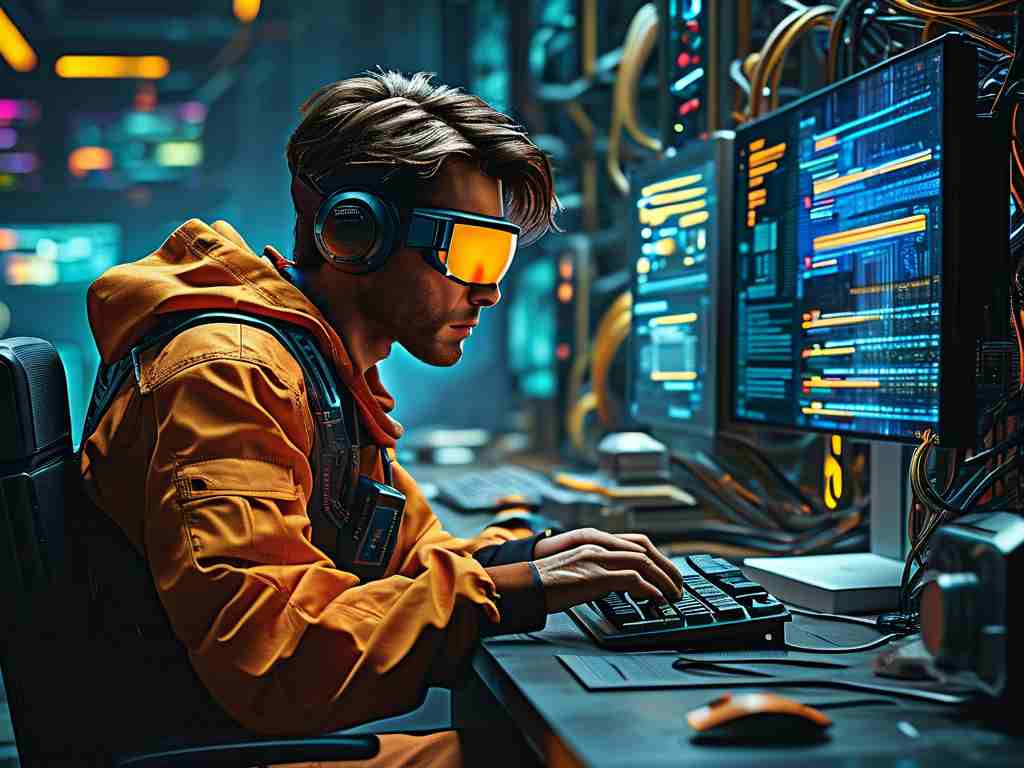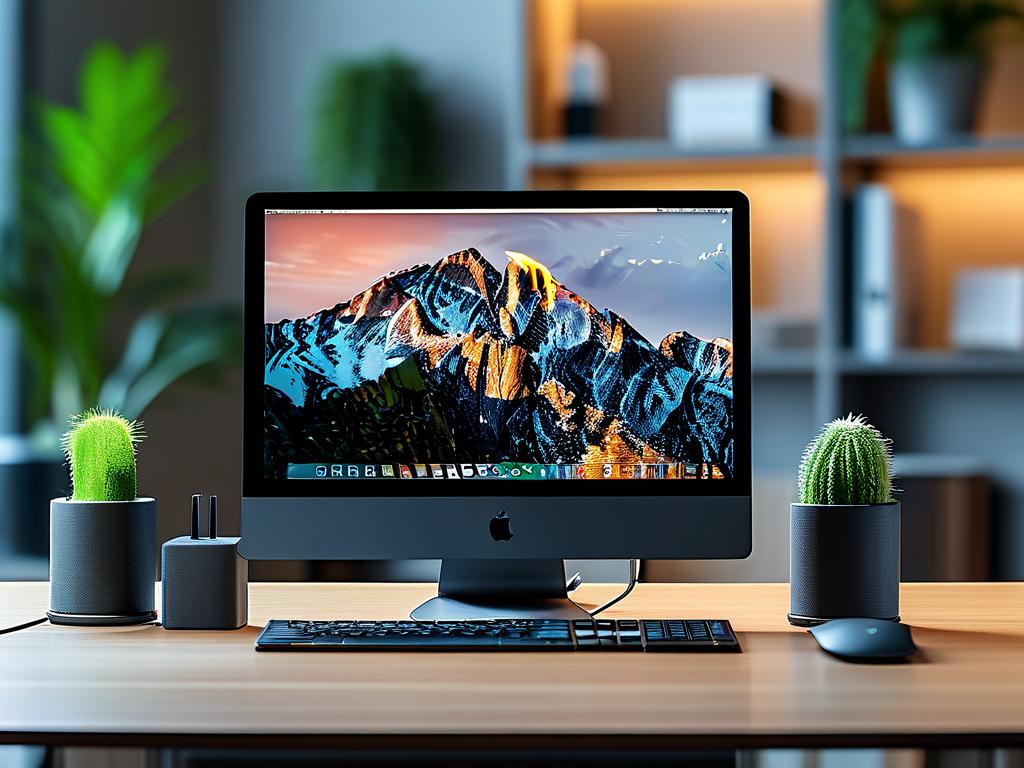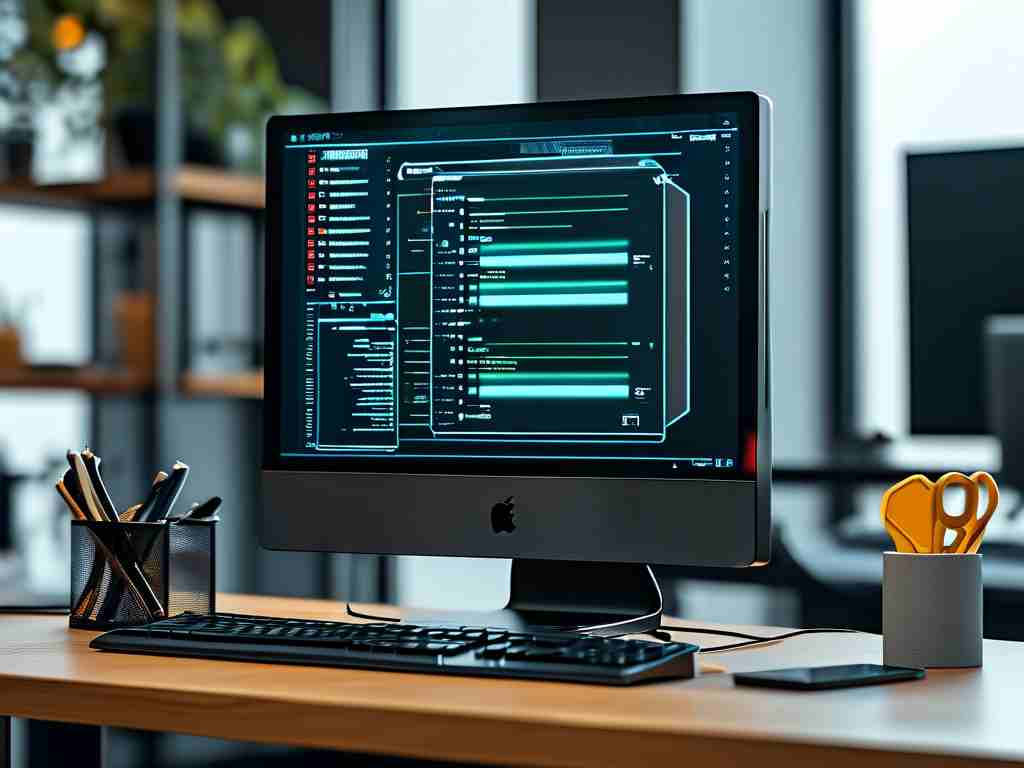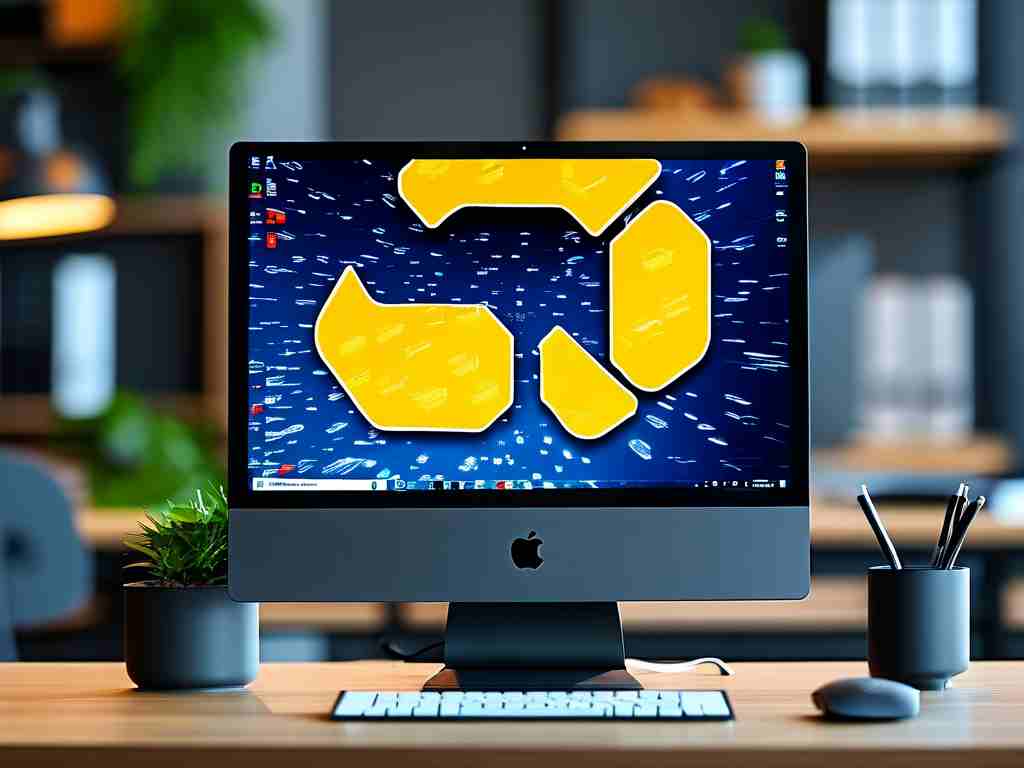In the realm of modern computing, efficient memory utilization has become critical when handling image selection tasks. As digital imagery grows in resolution and complexity, traditional computational approaches often struggle to balance processing speed with resource allocation. This article explores innovative strategies for optimizing memory usage while maintaining computational precision in image-based operations.

The challenge begins with contemporary image formats. A single 8K RAW photograph can consume over 900MB of RAM during processing, while 4K video frames demand real-time memory management at 30 frames per second. Conventional approaches that load entire image sets into volatile memory create bottlenecks, particularly when working with batch operations or machine learning training datasets containing millions of images.
Advanced memory mapping techniques now enable partial loading of visual data. Through strategic file segmentation and predictive caching algorithms, systems can maintain processing fluency while reducing active memory consumption by 40-65%. The libvips library demonstrates this effectively, processing gigapixel images with 90% less memory than conventional methods through tile-based streaming and on-demand pixel calculation.
Algorithmic optimization plays an equally vital role. Convolutional neural networks for image recognition now employ depthwise separable layers that reduce parameter counts while maintaining accuracy. A MobileNetV3 implementation shows how architectural adjustments can decrease memory requirements from 16GB to 2.3GB for identical classification tasks without sacrificing performance metrics.
Hardware-software co-design presents groundbreaking opportunities. Modern GPUs with dedicated tensor cores allow mixed-precision calculations, where image data gets stored in FP16 format while maintaining FP32 precision for critical computations. This hybrid approach cuts memory consumption by half while preserving numerical stability - particularly valuable in medical imaging and satellite photo analysis.
Memory-aware programming paradigms are reshaping development practices. The Rust programming language's ownership system prevents memory leaks in image processing pipelines, while Python's memoryview objects enable buffer protocol optimizations for numpy array manipulations. Consider this code snippet demonstrating efficient pixel access:
with open('highres.tiff', 'rb') as f:
buffer = memoryview(f.read())
pixel_data = numpy.frombuffer(buffer, dtype=numpy.uint16)
# Process tiles without full memory duplication
Real-world implementations reveal significant improvements. A semiconductor inspection system reduced its DDR4 usage from 48GB to 19GB through wavelet-based compression and region-of-interest prioritization. Autonomous vehicle perception stacks now employ temporal memory sharing between consecutive Lidar frames, achieving 30% memory reduction in real-time obstacle detection pipelines.
The environmental impact cannot be overlooked. Data centers processing image recognition tasks could save 2.4 million kWh annually through optimized memory practices - equivalent to removing 1,700 cars from roads. As 8K video becomes standard and computational photography evolves, these efficiency gains will determine what's technically and economically feasible in imaging applications.
Future developments point toward neuromorphic memory architectures inspired by biological vision systems. Experimental photonic RAM designs promise 100x density improvements for image buffers, while quantum annealing approaches offer potential breakthroughs in optimal memory allocation for combinatorial image selection problems. These emerging technologies may redefine the fundamental relationship between visual data and computational resources in the coming decade.
For developers and system architects, adopting memory-conscious design patterns represents both a technical necessity and competitive advantage. Through strategic algorithm selection, hardware utilization, and continuous performance profiling, organizations can achieve unprecedented efficiency in image-intensive computations while preparing for next-generation visual computing challenges.









